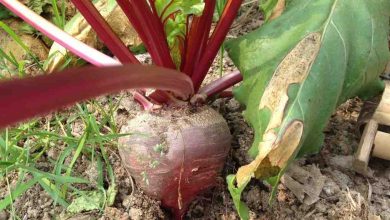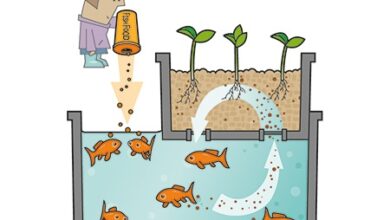Carnation Cuttings in Water: [Concept, Period, Rooting and Planting]
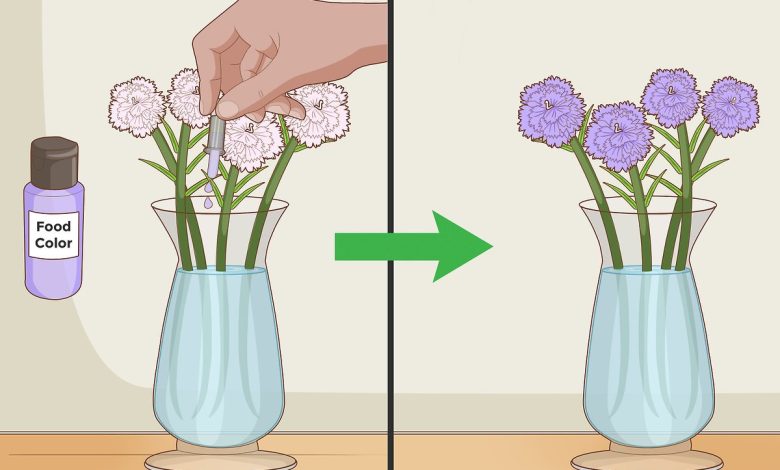
What does it mean to plant by cuttings?
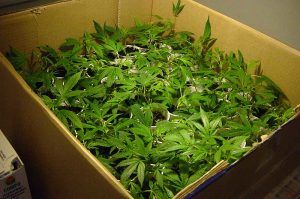 Planting by cutting means multiplying a plant from a fragment of it, which can be stems, leaves or roots, and obtain a new plant.
Planting by cutting means multiplying a plant from a fragment of it, which can be stems, leaves or roots, and obtain a new plant.
This planting method is very useful to reproduce those plants that do not produce seeds or that produce a limited number of them.
Through planting by cuttings, a good number of plants can be multiplied from a single specimen: homogeneous and of good commercial quality.
There are many advantages of planting through cuttings: it is a simple cloning method, easy to carry out and if the procedures are followed, success can be achieved.The planting of carnations through cuttings is the main way of reproducing this species.
What is the best time to plant carnation cuttings in water?
The best time for planting carnation cuttings is in spring- summer.Carnation cuttings can be propagated in water until the roots are strong for planting.
Modern reproduction techniques allow the planting of carnation cuttings during any time of the year.Specialists consider that the time of year in which the cutting is practiced is an important aspect for the success of carnation reproduction or of any plant.
How to get the carnation cuttings in water to root correctly?
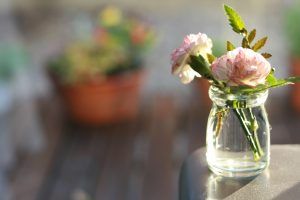 To ensure that carnation cuttings root correctly, the use of auxin-type growth regulators is recommended to accelerate their development and increase the quality of their roots.
To ensure that carnation cuttings root correctly, the use of auxin-type growth regulators is recommended to accelerate their development and increase the quality of their roots.
Carnation cuttings taken from young mother plants root quickly and develop better.
For carnation cuttings to root properly, they must be placed in greenhouse environments, maintaining humidity above 95%.
Horticulturists recommend keeping the cuttings on a sterilized substrate at a temperature of 20º C. In this way, the carnation will take root in approximately 3 to 4 weeks.
How should we take the carnation cuttings in water to plant them?
 Carnation cuttings should be taken mainly from mother plants that are healthy and robust and that do not have flowers.
Carnation cuttings should be taken mainly from mother plants that are healthy and robust and that do not have flowers.
In order for the carnation cutting to take root strongly in the water, it must be cut from the stem in a special way.First of all, take the cutting and make a firm and defined cut, using clean and disinfected scissors.
Then make the incision below a node, as roots are more easily formed at this point.The node is the part of the stem, somewhat bulkier than the rest, from which the leaves and buds are born.
The length of the carnation cutting to grow it in the water should be 12 to 15 cm and with 5 to 6 pairs of leaves.But the consistency of the carnation cutting should be neither extremely woody nor excessively herbaceous.
Experts recommend harvesting carnation cuttings by hand to prevent the spread of disease.The best time to take key cuttings is in the coolest hours of the morning.
How long should we leave carnation cuttings in water?
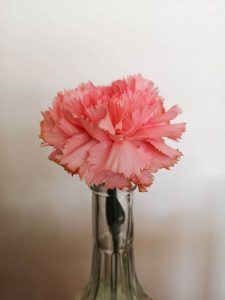 When the cultivation of the cutting is carried out in an aquatic environment, it is recommended to leave it there until the roots emerge.
When the cultivation of the cutting is carried out in an aquatic environment, it is recommended to leave it there until the roots emerge.
Once the carnation cutting is obtained, it should be placed in a container (glasses, pots or vases) with enough water.
If the carnation cutting has lower leaves, they should be removed before putting it in water to prevent them from rotting.
The stem is the only part of the shoot that should remain submerged. For this reason, if the container is wide, it must be covered with aluminum or plastic foil and perforated to insert the cutting.
It is important to keep the container and the water where the carnation cutting is grown clean to prevent the spread of bacteria.
It is recommended to clean the container and renew the water every 2 to 3 days.The cutting can be removed from the water only when the roots are firm, strong and robust and then proceed to plant in the pot.
Is it convenient to use fertilizer or compost?
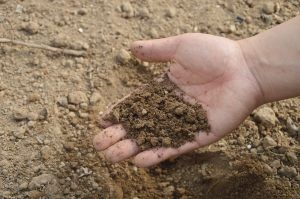 For the cultivation of carnations by cuttings in water, it is necessary to add an organic fertilizer rich in vitamins.
For the cultivation of carnations by cuttings in water, it is necessary to add an organic fertilizer rich in vitamins.
It is important to know that the carnation needs to have a balance of nitrogen, phosphorus and potassium.
Phosphorus is very important in the early stages of development, as it enhances the growth of the root system.
For its part, potassium improves the appearance of the carnation and increases the vigor of the plants.But the lack of potassium can generate the formation of weak stems of little consistency and small flowers.
You have to be very careful with the fertilization of the carnation since an excess of nitrogen translates into a greater sensitivity to diseases and an increase in axillary sprouting.
The carnation supports high levels of salinity, although the optimum degree of salinity is around 2dS/m. Values higher than this negatively affect the quality of the flower.
How long does it usually take for a carnation cutting to come out in water?
The time it takes for a carnation cutting grown in water to come out will be several weeks, and when its roots are strong with more than 5 cm, it is planted.
The new carnation plant may emerge after two months of planting and in another month it will present the buds of the new flower.
Bibliography and references
- Bent Ana. (2019). Great Book of Indoor Gardening. First edition. Servilibro Editions, SA Madrid-Spain. PP 43-47.
- Manual of propagation of higher plants. Metropolitan Autonomous University. First Digital Edition 2017, Coyoacán. Mexico PDF.
digital database
- jmqj.com. Reproduce carnations easily. Reproduced from: https://www.youtube.com/watch?v=WBO51c19rpM
- Bonavebe.com. Reproduce carnations by cuttings easily. Reproduced from: https://www.youtube.com/watch?v=IYh8ue8FB8A
- Ecured.com. Cuttings. Reproduced from: https://www.ecured.cu/Esqueje
On our page you can learn more about the reproduction by cuttings of some plants and trees:
- Rose cuttings.
- Rosal cuttings in potato.
- Olive cuttings .
- Rosemary cuttings.
- Lavender cuttings.
- Jasmine cuttings.
- Ivy cuttings .
- Geranium cuttings.
- Mandarin cuttings.
- Cypress cuttings.
- Carnation cuttings.
- Dracaena marginata cuttings.
- Carnation cuttings.
- Camellia cuttings .
- Cactus cuttings.
- Bougainvillea cuttings.
- Bamboo cuttings.
- Sweet potato cuttings.
- Boxwood cuttings.
- Artichoke cuttings .
- Begonia cuttings.
- Tree cuttings.
- Almond cuttings.
- Aloe vera cuttings.
- Oleander cuttings .
- Holly cuttings.

![Photo of Prune the Lady of the Night: [Importance, Time, Tools, Considerations and Steps]](https://www.complete-gardening.com/wp-content/uploads/2021/06/Podar-Dama-de-Noche-390x220.jpg)
![Photo of Yellow Foxglove: [Cultivation, Irrigation, Care, Pests and Diseases]](https://www.complete-gardening.com/wp-content/uploads/2022/08/yellow-foxglove-cultivation-irrigation-care-pests-and-diseases-390x220.jpg)
